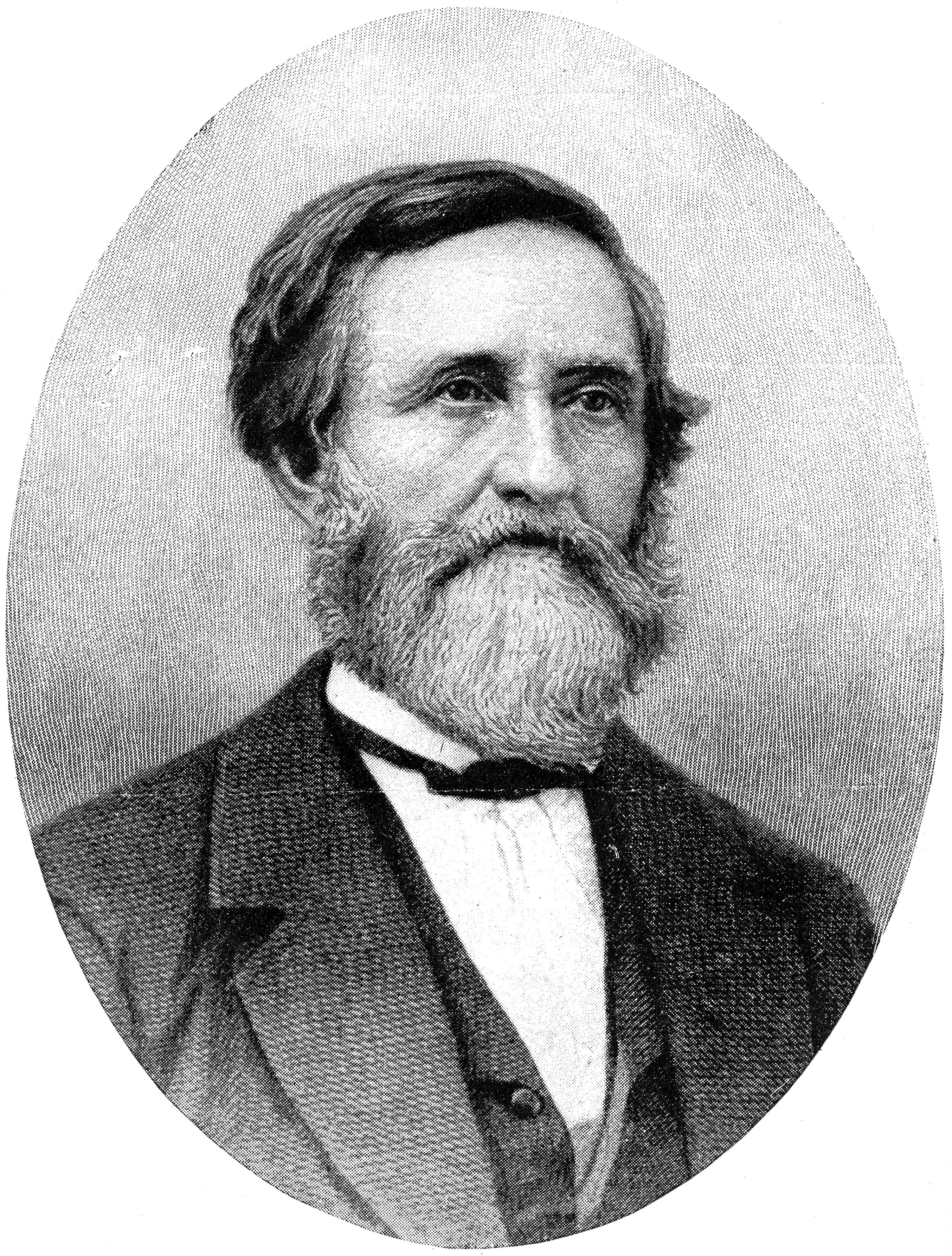Long, Crawford Williamson (1815-1878), became, in 1842, the first doctor to use ether as an anesthetic for surgery. The anesthetic properties of ether had been demonstrated at “ether frolics,” during which people took small amounts of ether to experience its strange effects. Long also had experimented with its effects on himself. On March 30, 1842, Long gave ether to James Venable and then painlessly removed a tumor from Venable’s neck. Long did not announce his experiment and its result at the time, and it received no professional or general publicity. He continued to administer ether occasionally, but he delayed publishing his discovery while he worked to confirm it. Long later explained that he had delayed publishing to make sure that the effect of ether was genuine and different from mesmerism, a form of hypnosis that some physicians of the time used to soothe patients. Finally, in 1849, Long published a description of his experiments with ether. 
Meanwhile, in the mid-1840’s, William T. G. Morton, a Boston dentist, used ether on a patient before extracting a tooth. This had been performed at the suggestion of Charles T. Jackson, a professor of chemistry at Harvard University. Morton’s use of ether became widely known in 1846, after he administered ether during a surgical operation at the Massachusetts General Hospital. Morton and Jackson each claimed sole credit for the discovery of ether anesthesia. Today, however, most historians give the credit to Long.
Long was born on Nov. 1, 1815, in Danielsville, Georgia. He graduated from the Medical School of the University of Pennsylvania in 1839. The Crawford W. Long Museum in Jefferson, Georgia, exhibits some of his papers and early anesthesia equipment. A statue of Long represents Georgia in the U.S. Capitol. Long died on June 16, 1878.
See also Anesthesia ; Ether ; Morton, William Thomas Green .
